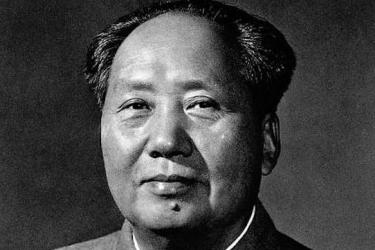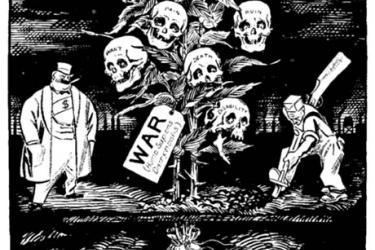Doug Enaa Greene

A unity of opposites: The Dengist and the Red Guard

Running aground: The Revolutionary Communist Party (US) and Stalinism
Emerging from the social upheavals of the 1960s, the Revolutionary Communist Party (RCP) counted many dedicated organizers in its ranks who were inspired by the ideas and the example of Maoist China. The party used Maoist theory not only to plan for a future socialist revolution, but also to grapple with the complicated history of Stalinism and its impact on the international communist movement and the USSR. While the RCP did confront some of the dogmas and myths of Marxist-Leninist orthodoxy, in the end they were unwilling and unable to effectively understand Stalinism.

Socialists and World War I: Turn the imperialist war into a civil war
It has been a hundred years since the outbreak of the First World War.